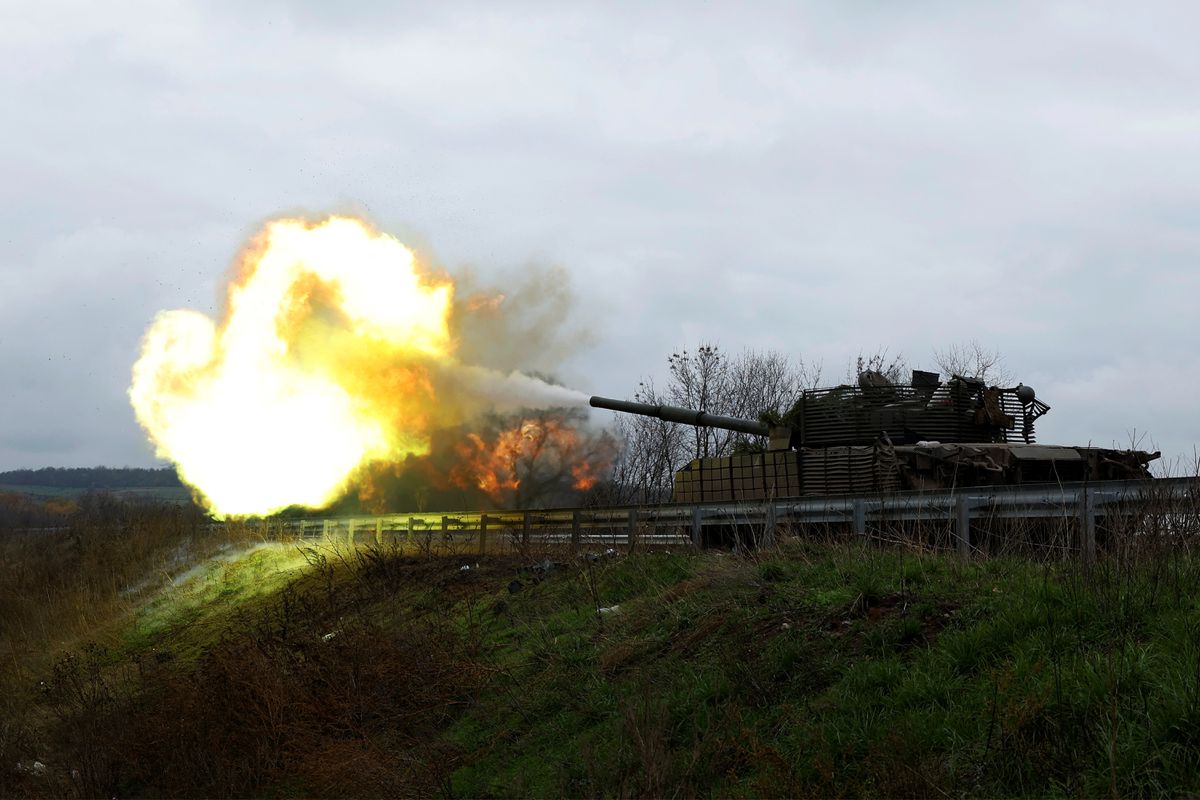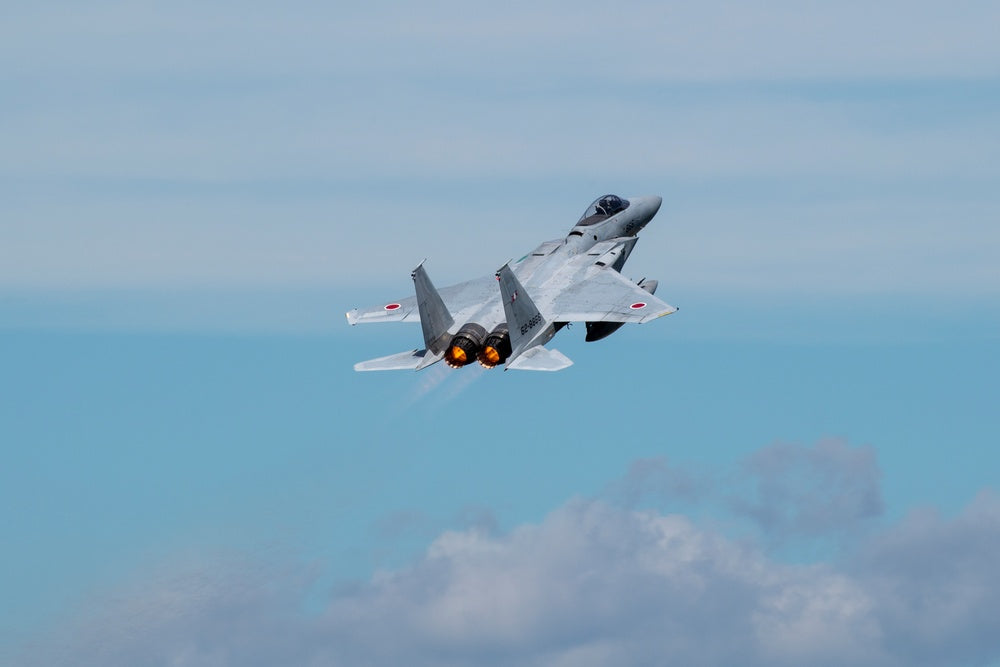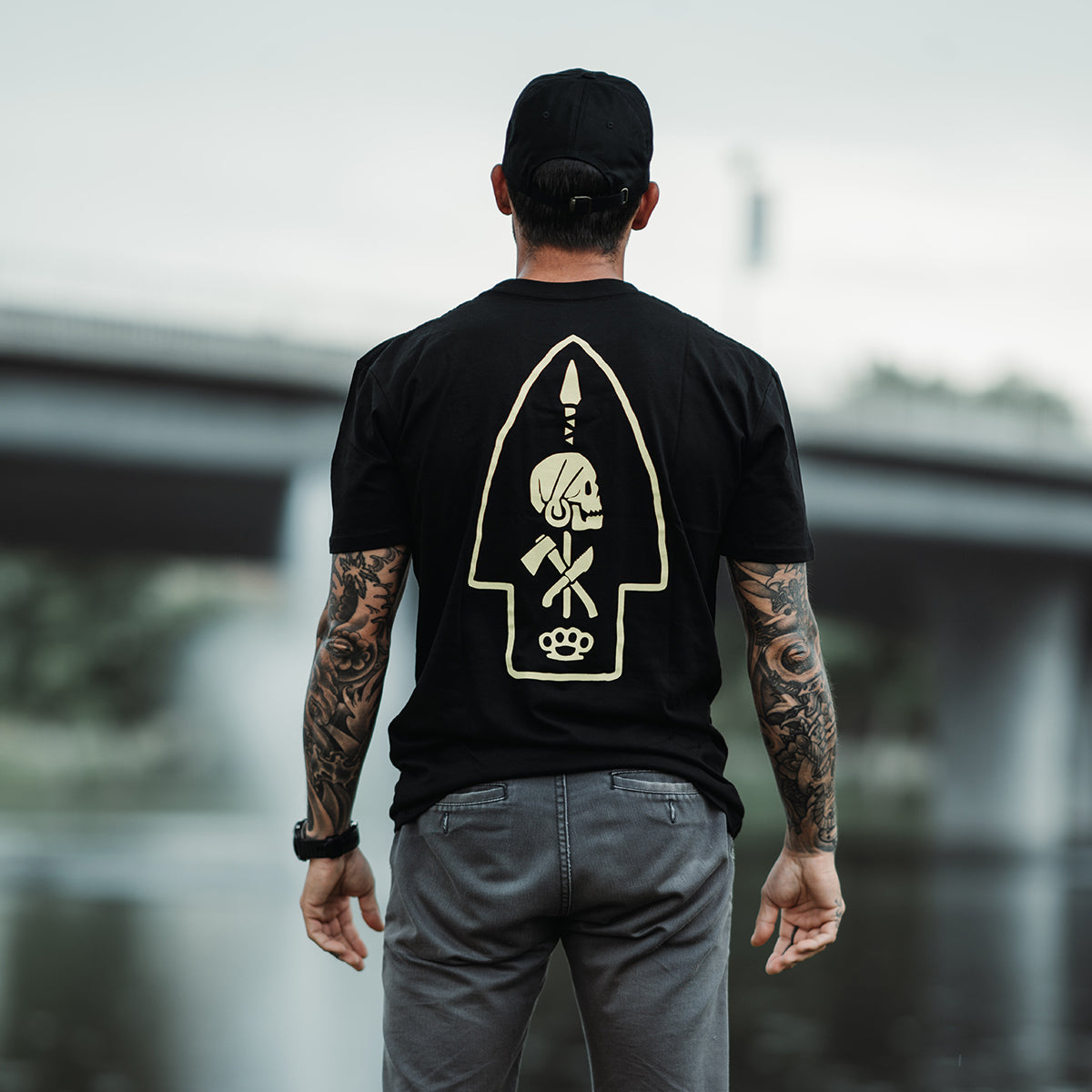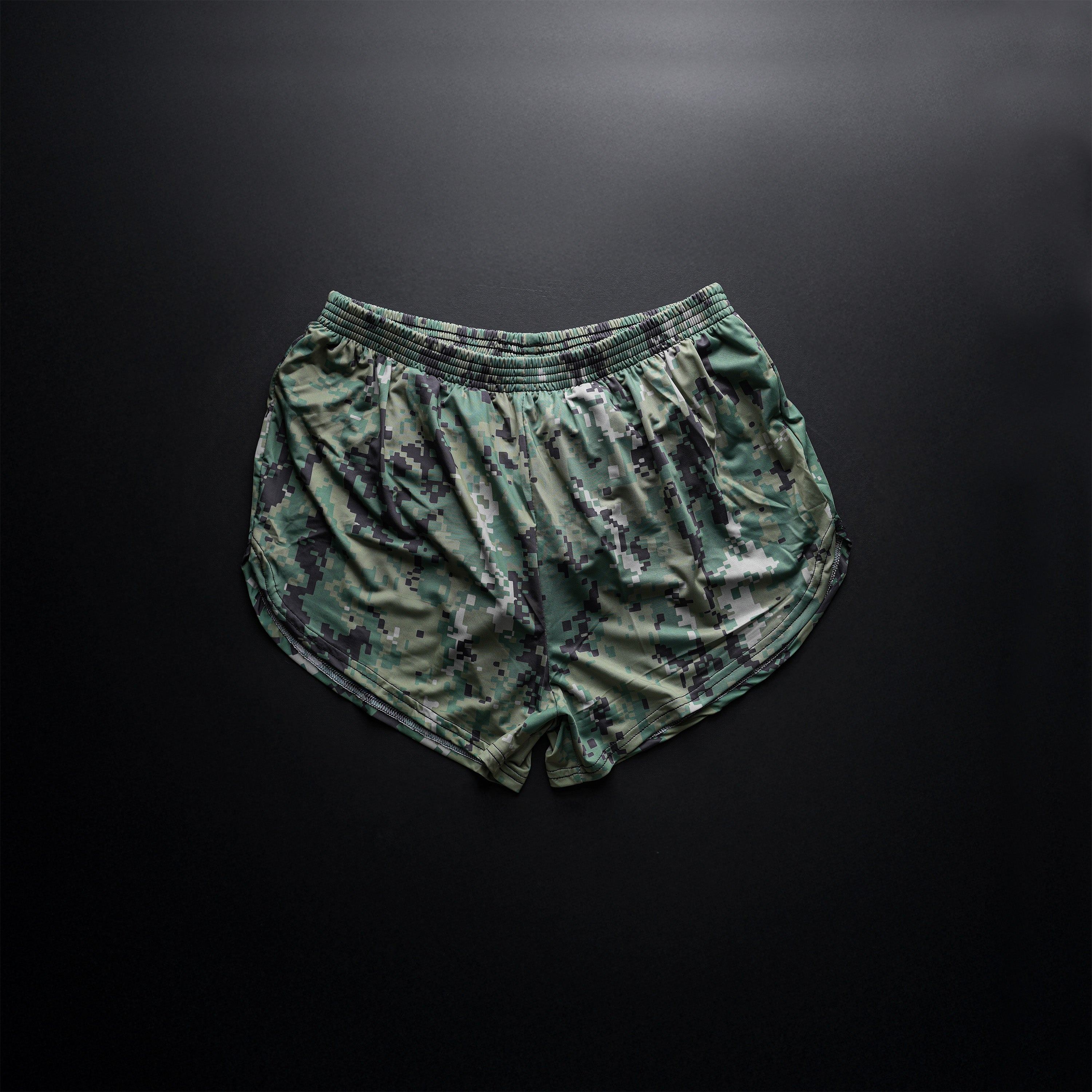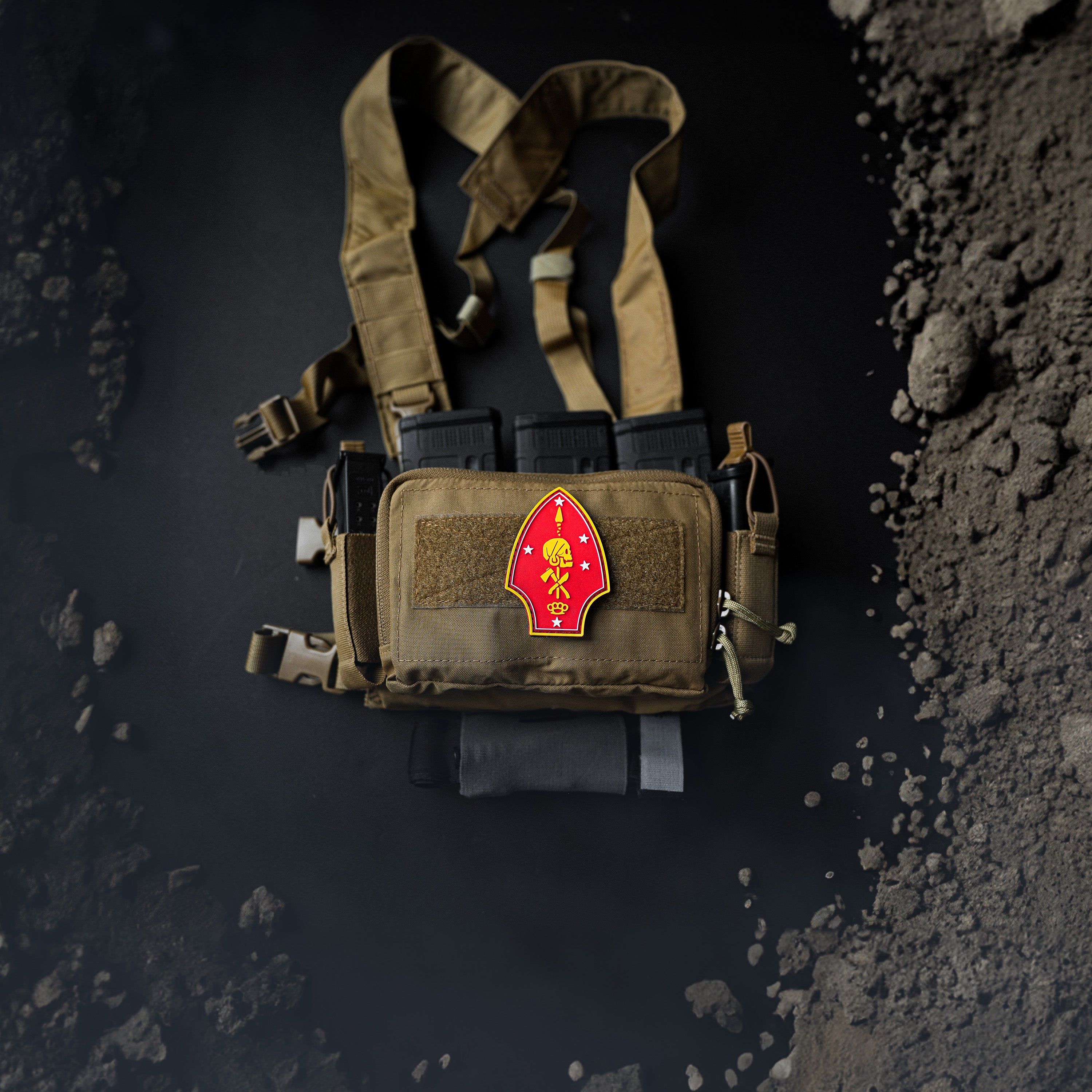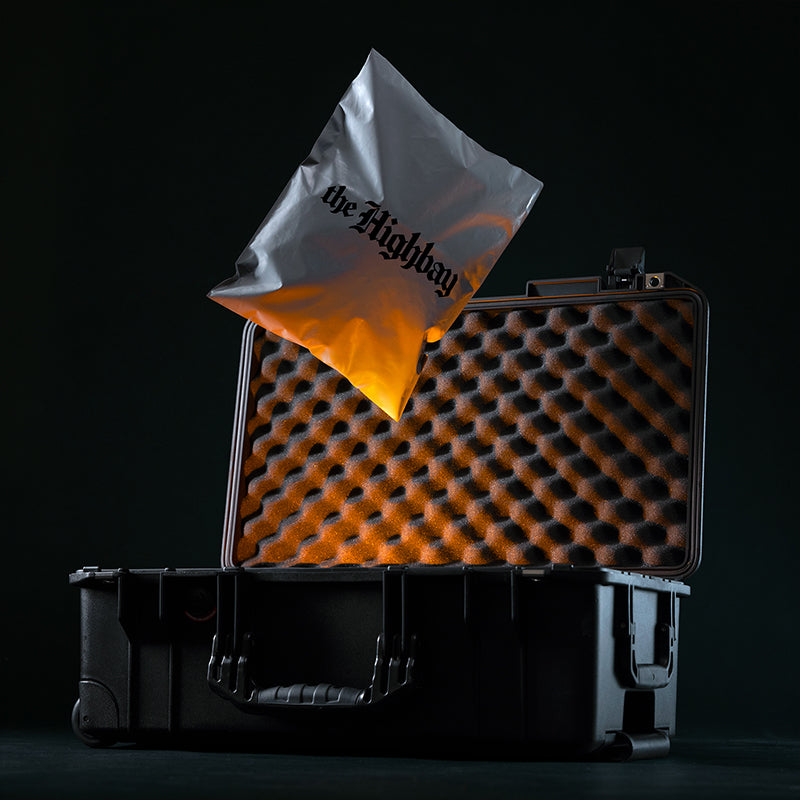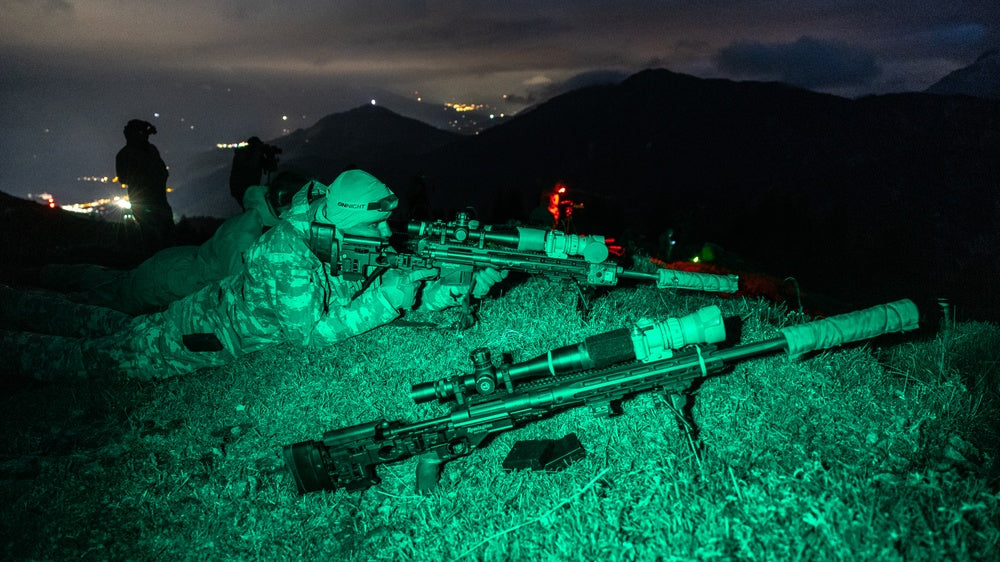
Turkish raid prompted Islamic State group leader to detonate suicide vest
Representational photo: A Turkish Special Forces Sniper fires on targets at night with a with a Remington Mk 21 Precision Sniper Rifle at the International Specialty Training Center (ISTC) Alpine Sniper Course, in Hochfilzen training area, Austria, September 24th, 2021. (U.S. Army photo by Sgt. Patrik Orcutt via U.S. Defense Visual Information Distribution Service)
By Orhan Coskun, Ahmed Rasheed and Timour Azhari
ANKARA/BAGHDAD (Reuters) - ISIS leader Abu Hussein al-Qurashi's six-month rule ended when he detonated a suicide vest during a Turkish special forces raid in northwest Syria on Saturday after refusing to surrender, a senior Turkish security official said.
The third ISIS leader to die by detonating an explosive vest during a raid since 2019, Qurashi leaves behind an organization that once ruled millions of people via its control of a third of Iraq and Syria but has now been forced underground.
The four-hour raid, led by Turkey's National Intelligence Organization (MIT), saw special forces blast their way through a perimeter fence, back door and walls of his hideout in a two-storey building near the town of Jandaris, the security official said.
Two Syrian security sources said Turkish-backed Syrian armed groups set a perimeter around the area while Turkish special forces, who one source said earlier entered Syria in armoured vehicles, raided the house.
The MIT declined to comment for this report. Turkish President Tayyip Erdogan said on Sunday Qurashi "was neutralized" as part of the intelligence forces' operation.
Images of the site provided by the security official showed a red-roofed building with most of the walls on its ground floor blown out.
Metal and cinderblock debris lay scattered on a paved patio with a small fountain, and on the brick-red soil of an adjacent field planted with olive trees.
The MIT, which the Turkish source said had been following Qurashi for a long time, conducted the covert operation after determining he would soon relocate, the official said, adding that Qurashi detonated his suicide vest when he realised he would be captured.
There were calls for Qurashi to surrender but no response, the source said.
Like his predecessor, Qurashi never made a public address, a marker of how far the group's reach has fallen since former leader Abu Bakr al-Baghdadi climbed the pulpit of a crowded mosque in Iraq in 2014 to declare his self-styled caliphate.
'LAST SAFE HAVEN'
Qurashi was the latest in a series of senior ISIS members to be either captured or killed in Syria's northwest, a sliver of territory held by rival militias, including hardline armed groups and jihadist factions backed by Turkey.
The area has become the most significant ISIS safe haven in the region after the group was territorially defeated in Iraq in 2017 and Syria in 2019, with members and supporters slipping across the remote 600-km (370-mile) Iraqi-Syrian border.
Navvar Shaban, of the Omran Center for Strategic Studies, said: "There are a lot of sleeper cells in these areas that can facilitate more ISIS officials coming into these zones, and plenty of checkpoints at which they can pay money to get through easily."
An Iraqi intelligence official said: "The only safe haven for the senior Daesh (ISIS) leaders is in Syria, and specifically in areas bordering Turkey."
Iraqi intelligence cooperation with Turkey played a major role in recent operations targeting senior ISIS members, according to the source and a second Iraqi intelligence official focused on key IS leaders' activities in Iraq, Syria and Turkey.
The cooperation helped Turkey determine the approximate whereabouts of Qurashi in Syria
They said Turkey facilitated the entry of Iraqi agents into northwestern Syria, who then lured senior ISIS leader Khaled al-Jabouri from Turkey to Syria where he was killed in a U.S. drone strike last month.
In the process of that operation, Turkish-backed armed groups detained two ISIS members, based in Afrin and a village near Jandaris, who had aimed to provide Jabouri with a message from Qurashi, the sources said.
"This was a red flag that Qurashi was highly likely hiding in this area," one of the sources said.
The U.S. had also helped with the provision of intelligence obtained by advanced systems that could intercept ISIS communications in Syria, the source said.
A spokesperson for the U.S.-led anti-ISIS coalition said they do not comment on the military operations of other nations. A Turkish security official declined to comment on any Iraqi intelligence involvement in the operation.
SUCCESSION
With Qurashi gone, analysts expect ISIS to eventually announce a new leader.
He would become the fourth in as many years, presiding over a group that has seen a significant reduction in activities across the areas it operates, chiefly the Middle East and Africa.
The Iraqi intelligence officials said ISIS's new leader would likely be an Iraqi, like his predecessors, but there were only a handful of leaders left who were eligible to take over the role, three of whom were known to Iraqi intelligence.
Hassan Hassan, the author of a book on ISIS and editor of New Lines magazine which publishes work on the group, said ISIS previously built up leadership profiles to prepare followers for succession but had not been able to do so in recent years.
"ISIS no longer has the type of credible leaders it can advertise, at least internally, and the security situation has also become too complicated for it to prioritise that aspect," he told Reuters.
"The last leader was the hardest for even Iraqi and American intelligence to guess, and this applies even more to the coming one," he said.
ISIS has not confirmed or commented on the killing of its leader.
ISIS militants continue to wage insurgent attacks and a U.N. report published in February said ISIS is estimated to have 5,000 to 7,000 members and supporters spread between Syria and Iraq, roughly half of them fighters.
(Reporting by Orhan Coskun in Ankara, Ahmed Rasheed and Timour Azhari in Baghdad, Maya Gebeily in Beirut, and Khalil Ashawi in Istanbul; Writing by Timour Azhari; Editing by Nick Macfie)


